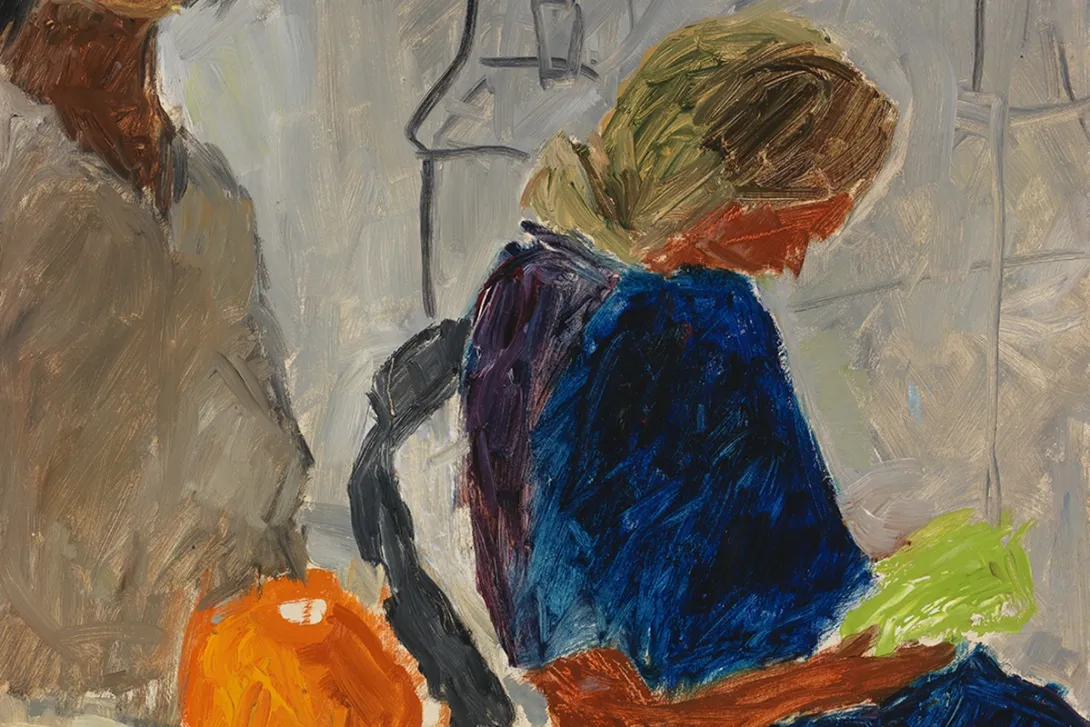Anniversary Exhibition Free 90 | HAM

The Free Art School has served as a healthy counterbalance in Finnish art education for 85 years. At different times, that balance has been needed for different reasons.
From the 1930s to the 1950s, the Free Art School represented the international modernism of painting, which the nationally inclined taste for expressionism in Finland resisted for decades. Among the school's first teachers was the notable colourist William Lönnberg. One of the leading figures of Finnish modernism, Sam Vanni, taught at the school in the 1940s and 1950s. In the 1970s, the school brought knowledge of new American painting to Finland—an important aspect of contemporary art that was previously unfamiliar here. The publication of Josef Albers’ Interaction of Color, complete with silkscreened colour plates, was a cultural achievement even by international standards.
Today, the counterpart to the Free Art School is the centralised state education system in the arts, which seeks to mould visual art to fit the frameworks of market economy and academic research. The new university law has caused concrete harm, making the violation of artistic autonomy a political ideal. University boards are now populated by political decision-makers and business representatives to bring a “societal perspective” into decision-making. This increased control offers society nothing of value, while undermining the educational mission itself. We risk losing the very kind of knowledge art can offer that is equivalent to academic research. Society needs the Free Art School as a benchmark for art education. The school truly lives up to its name, honouring the ideal of artistic autonomy.
The atmosphere at the school is immediately felt upon entering its premises. While opponents and challenges have changed over time, the Free Art School’s approach has remained consistent. It focuses on the core: painting. As if the prevailing prejudices or misguided reform efforts did not exist. There is no obscuring administrative hierarchy or top-down bureaucratic language. The modest professional status of the school’s teachers helps shield the community from corruption and internal conflict. The institution is unified: teachers and students are aligned in purpose.
The Free Art School has experienced a period of strong flourishing for a long time. After the stricter methodological phase of the 1970s and 1980s came a new openness. The school has consistently appointed first-rate, dedicated artists as rectors. No one teaches or studies at the Free Art School for appearance’s sake. It stands as a living reminder that, in the visual arts, formal qualifications matter far less than first-hand visual perception and personal insight.
Silja Rantanen, painter